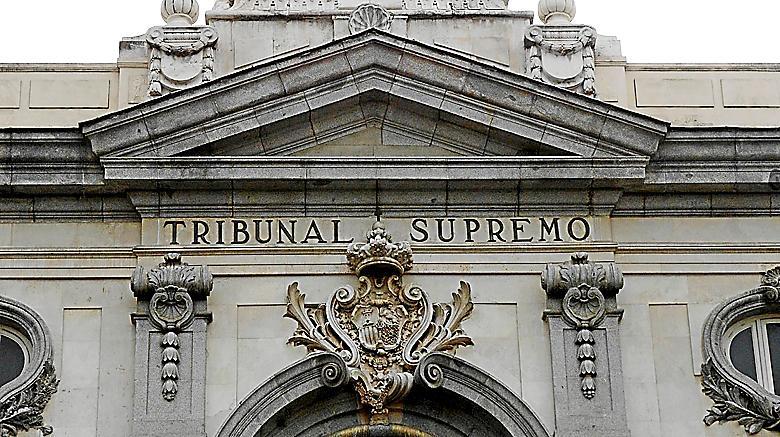After five years of confrontation, the legal battle between two pairs of neighbors in the Madrid neighborhood of Aluche due to an electronic peephole has been settled by the Supreme Court. The High Court rules in favor of the couple who complained that the device installed by the neighbors in the opposite apartment constituted an unlawful intrusion into their privacy and orders the removal of the peephole and payment of 300 euros to each of the affected parties.
The image accompanying these lines is quite useful to understand the scenario that led to the lawsuit, as the layout of the doors of both parties was exactly the same, with the exception that between the homes there was only a distance of 1.5 meters.
In the summer of 2020, the convicted couple installed a very sophisticated peephole on their door, as described in the ruling issued by the Civil Chamber on July 17: "An electronic device that not only serves as a viewer, but automatically detects movement and can be configured to take a snapshot and send an alert to the phone, or start recording video when movement is detected, has a 180-degree view, infrared night vision, directly communicates with whoever is at the door, wifi connection to transmit video and cloud storage. When accessing the space between the doors of both homes and, specifically, when the door of the plaintiffs' home is opened, a 'click' is heard and the red light on the peephole device of the defendants' door lights up for a few seconds." In other words, there was no entry into the opposite house, whether by its residents or visitors, that escaped the camera/peephole's view.
Upset by the situation, on September 3, 2020 - during the pandemic - the spied-upon filed a lawsuit that the Madrid Court of First Instance No. 14 ruled in their favor in February 2023. The ruling argued that there was an infringement of the right to privacy since the purpose of the peephole was not security but the convenience of the defendants, who spent some time away from the home and wanted to be informed if they received any notifications, mail, or packages.
The ruling also emphasized regarding security that the apartment was located within a closed complex housing other buildings and that the community had a concierge service. "There are other security measures (motion sensors in the home, alarms connected to security companies) that are not intrusive to the privacy of the plaintiffs. Given that the doors of the facing homes are very close to each other, when the ability to see through the peephole changes from being accidental to continuous, it becomes invasive," the Supreme Court echoes the reasoning of the Court of First Instance.
The owners of the peephole did not accept the initial judicial setback and appealed to the Provincial Court of Madrid arguing that the device did not have the recording option activated and functioned as a traditional peephole with the exception that the images could be viewed from a mobile phone and electronic viewer. "The mere risk that a surveillance camera is placed in a way that allows capturing images that could correspond to the privacy of the plaintiff and their family already constitutes per se an unlawful intrusion," responded the Provincial Court.
To all this, the Supreme Court now adds: "When the door of the plaintiffs' home is opened, the device allows viewing the interior of that home; there are no guarantees of limiting access to those images, on the contrary, the defendants can use them without control."
